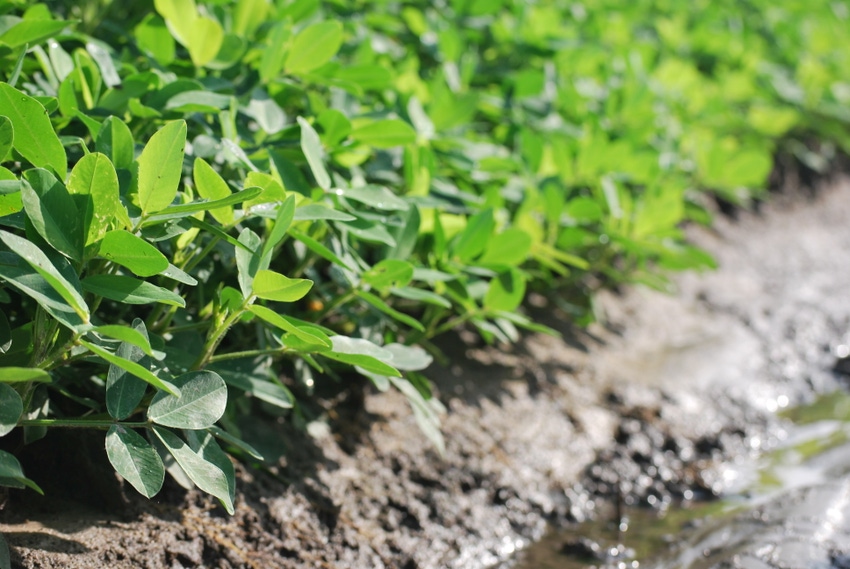July 29, 2017

Things have been relatively quiet in terms of insect pressure in most peanut fields so far in 2017, but that could change quickly.
I have been getting reports of heavy caterpillar pressure in some areas of Florida, and agents and consultants are reporting that a mixed bag of loopers, velvetbean and other caterpillars have shown up in Georgia over the last week. I strongly encourage growers to scout their peanuts and only make insecticide applications when caterpillars reach the economic threshold.
We have been looking for three cornered alfalfa hoppers (TCAH) for several weeks, and numbers have started to increase over the last ten days. There will be a lot of interest in spraying this insect, but there are several things to keep in mind when making management decisions. The first is that there are no valid economic thresholds, and opinions vary about whether or how it should be managed. While this is frustrating, it does provide some insight into the pest status of the insect. If TCAH routinely caused serious economic loss, we would know it. Can TCAH affect yield? Probably. Can you achieve high yields with lots of TCAH stem girdles? Yes.
There have been some reports of reduced activity of pyrethroids against TCAH, but pyrethroids will still be the go to products in most fields. This leads us to the warning about destroying beneficial insects and flaring secondary pests that can happen any time we use a broad spectrum insecticide like a pyrethroid or an organophosphate. In spite of the rain that much of Georgia has received, I remain cautious about using pyrethroids in non-irrigated fields due to the risk of flaring mites. Another thing to remember is that TCAH adults are highly mobile and can quickly re-infest a field following an insecticide application. If we decide to spray, the decision should take into consideration the abundance of the immature stages. TCAH nymphs are not very mobile, and they cause the majority of the stem girdling injury. If there are no nymphs in the field, consider postponing any insecticide application.
Several calls have come in over the last week about whiteflies in peanut. Most of you are aware that silverleaf whitefly populations are high in some areas of Georgia, and the insect is now showing up in peanut fields. I tracked whiteflies in our trials last year, and reproduction rates were very low and slow. That does not mean that problems will not develop this year. We need to be scouting fields and watching these populations to see how or if they are progressing. Our options for treatment are limited. Cotton growers have learned the value of conserving beneficial insects and have witnessed the destruction that whiteflies can cause when they do not; this is another reason to make sure we only apply insecticides to peanut fields when pest populations are at threshold.
I am asking that you keep me updated on any whitefly problems that may develop in peanut in the coming weeks.
If you have questions about these or other pest management issues in peanut, contact your local UGA County Extension Agent.
Abney is the University of Georgia peanut entomologist.
About the Author(s)
You May Also Like




